Description
This wonderful book simplifies complex concepts, breaking down the cardiovascular system into bite-sized pieces.
Book 2 : Ophthalmology
Written by physicians, Ophthalmology for Kids is a charming, easy-to-understand introduction to the organ that allows you to see: the eye. With its beautiful illustrations and simple explanations, this book teaches children (and adults alike!) about the anatomy, physiology, and diseases of the eye. This installment of the Medical School for Kids book series is the best way to introduce basic concepts in ophthalmology to our next generation of doctors.
In this book, you will learn about…
Different layers of the eye
How structures of the eye work together to let us see
Nearsighted and farsighted vision
Common eye diseases such as cataracts, macular degeneration, and glaucoma… and more!
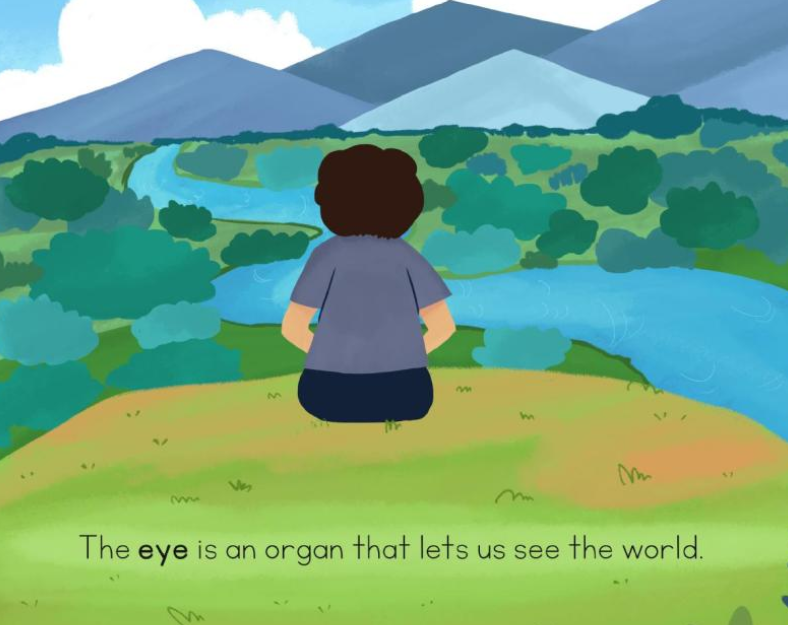
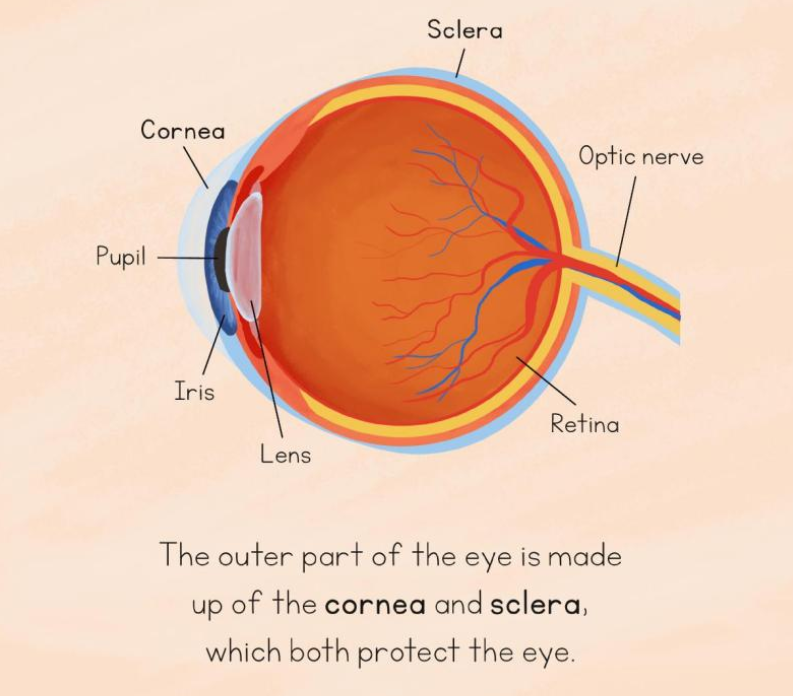
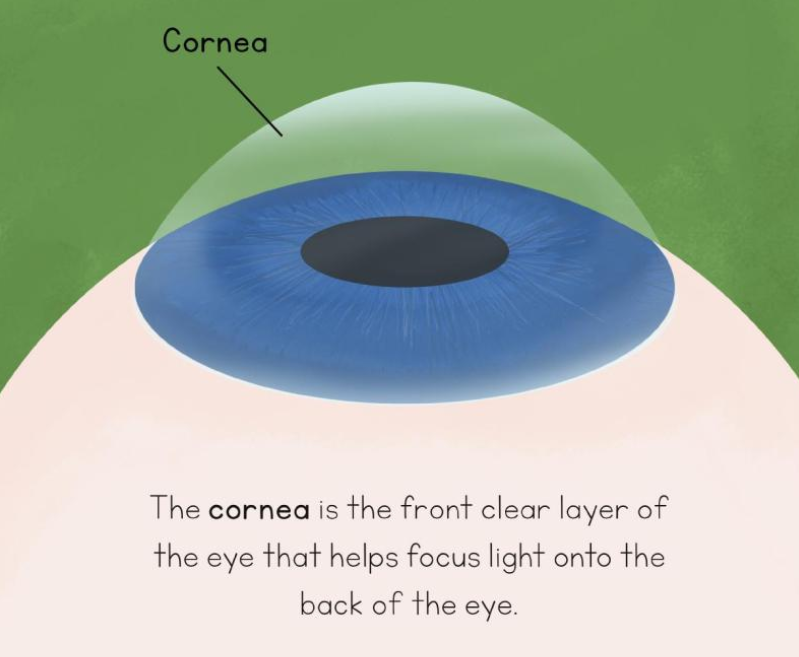
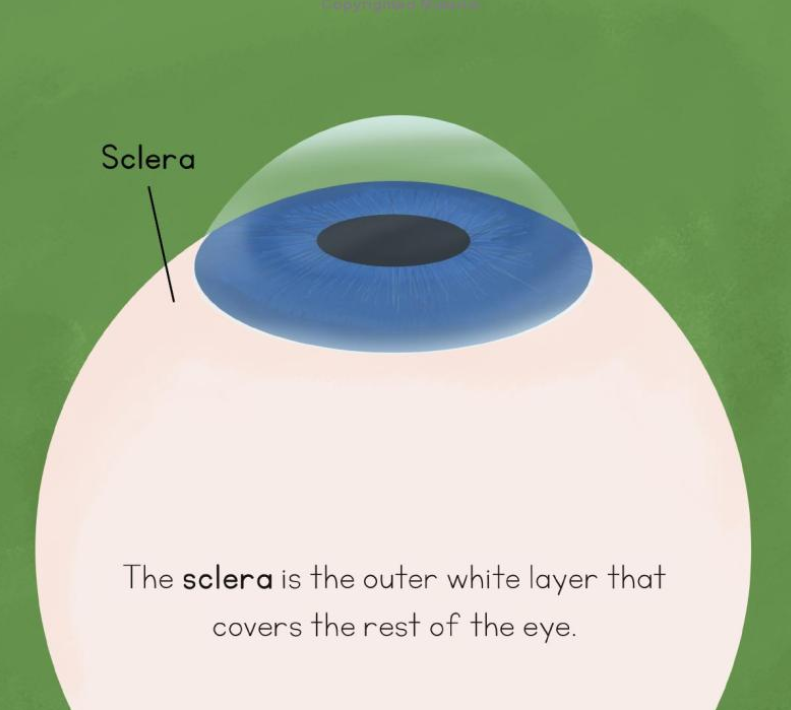
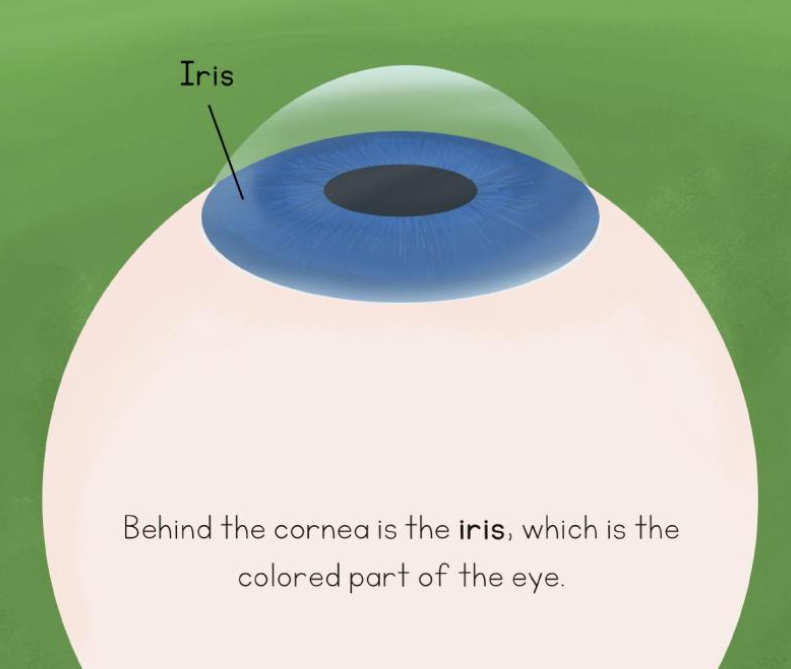

Book 3:Dermatology
This installment of the Medical School for Kids book series is the best way to introduce basic concepts in dermatology to our next generation of doctors.
In this book, you will learn about…
- Functions and layers of the skin
- Types of cells and structures in the skin
- Role of sunlight in vitamin D production
- How to distinguish a normal mole from melanoma (a type of skin cancer)
- Tips to protect against sunburns…and more!
Book 4: Neurology
This can be a learning resource for kids, white elephant gift adults, or gag gift for medical students. This installment of the Medical School for Kids book series is the best way to introduce basic concepts in neurology to our next generation of doctors.
In this book, you will learn about…
- Structure of a neuron (dendrites, axons, etc.)
- Anatomy and functions of the brain
- Role of the spinal cord and nerves
- Common neurologic diseases such as strokes, dementia, and epilepsy
- Diagnostic tests such as CT and MRI scans… and more!
Book 5: Gastroenterology
In this book, you will learn about…
- Where food goes after we eat it
- The roles of organs in the digestive system
- Common gastrointestinal diseases such as celiac disease and gastroenteritis
- Diagnostic tests such as colonoscopies
- The importance of eating a healthy diet… and more!
Book 6: Pulmonary
In this book, you will learn about…
- Where air goes in our body after we breathe
- Role of diaphragm in breathing
- Common pulmonary diseases, such as asthma, and their treatments
- Diagnostic tests such as chest X-rays and bronchoscopies... and more!
Book 7: Endocrinology
In this book, you will learn about…
- Different types of cells in our bodies
- How hormones send messages to our cells
- Functions of hormones made by endocrine glands (e.g. insulin in pancreas)
- Common endocrine conditions such as Type 1 and Type 2 diabetes mellitus and hyper/hypothyroidism … and more!
Book 8 :Anesthesiology
In this book, you will learn about…
- The role of pain in our body
- Three types of anesthesia
- Vital signs that anesthesiologists monitor in the operating room
- Three types of pain medications… and more!
Book 9: Nephrology
In this book, you will learn about…O
- The role of the kidneys in filtering blood
- Different parts of the nephron
- Causes of acute and chronic kidney disease
- Laboratory and imaging tests used to diagnose kidney disease
- The importance of drinking lots of water… and more!
Book 10: Radiology
In this book, you will learn about…
- How X-rays make pictures of your insides
- What normal (and broken!) bones look like
- How sound can make pictures of blood moving inside your body
- How kids’ bones look different from adults’ bones … and more!
Book 11: Orthopedic Surgery
In this book, you will learn about…
- How your bones, joints, and muscles work together to allow you to move
- Different parts and types of bone
- Common orthopedic conditions, such as arthritis and scoliosis, and their treatments
- Different ways broken bones can be fixed … and more!
Book 12: Urology
In this book, you will learn about…
- The different parts of the urinary tract (e.g. kidneys, ureters, bladder, urethra)
- The process of potty training
- Common conditions that affect the urinary tract, such as kidney stones
- The importance of drinking lots of water… and more!
Book 13: Hematology and Oncology
In this book, you will learn about…
- The three main types of cells in the blood
- Conditions that affect the blood, such as anemia, thrombocytopenia, and leukopenia
- Types of leukemia and lymphoma
- Medical treatments for cancer
- The importance of eating a healthy diet … and more!
Book 14: Doctoring
This rhyming bedtime story that introduces children to lifelong lessons in medicine. This enchanting tale emphasizes the importance of integrity, seeing patients as individuals beyond their symptoms, and focusing on healing, not just curing, their illnesses. Through captivating rhymes and stunning illustrations, this book creates a memorable reading experience that educates and inspires young minds.
Book 15: Infectious Diseases
In this book, you will learn about…
- Types of microbes (viruses, bacteria, fungi)
- Names of common microbes, such as influenza and coronavirus, and the diseases they cause
- Treatments for microbial infections
- The importance of washing our hands
- How vaccines can prevent infections … and more!
Book 16: Obstetrics and Gynecology
In this book, you will learn about…
- How a zygote (and eventually a baby!) is made when a sperm fertilizes an ovum (egg)
- The menstrual cycle and pregnancy
- Conditions that can occur during pregnancy, such as gestational diabetes
- The role of Pap smears in detecting cervical cancer … and more!
Book 17: Psychiatry
In this book, you will learn about…
- Mental illnesses, such as anxiety disorders, depression, and eating disorders
- Treatments for mental illnesses, including medications and cognitive behavioral therapy
- Developmental disabilities, such as Down syndrome and autism spectrum disorder … and more!
Book 18: Plastic Surgery
In this book, you will learn about…
- Congenital anomalies, such as cleft lip/palate, craniosynostosis, microtia, and syndactyly
- Similarities and differences between reconstructive and cosmetic surgery
- Surgical techniques such as skin grafts, skin flaps, tissue expansion, and fat grafting … and more!
Book 19: Physical Medicine and Rehabilitation
This is a charming, easy-to-understand introduction to the diagnosis and treatment of injuries and other disabling medical conditions. With its beautiful illustrations and simple explanations, this book teaches children (and adults alike!) about the anatomy, physiology, and diseases of the musculoskeletal system and the important role that physiatrists play in helping patients recover from injuries, get stronger, and feel better.
In this book, you will learn about…
- Components of the musculoskeletal system
- Examples of injuries, such as concussions, and disabling conditions, such as cerebral palsy
- Swim safety tips and the importance of wearing helmets and seatbelts
- Different types of therapists … and more!
Book 20: Pathology
This is a charming, easy-to-understand introduction to the examination of tissue and cells under a microscope! With its beautiful illustrations and simple explanations, this book teaches children (and adults alike!) about microscopes, body tissue, cells, cellular changes, tumors, cancer, autopsies, and more.
In this book, you will learn about…
- How microscopes and special stains can be used to see tiny details in cells in our body
- Cellular changes (e.g. atrophy, hypertrophy) that can be seen in certain diseases
- Types of biopsies, such as frozen sections
- Benign tumors vs. malignant tumors ... and more!
Book 21: Neurosurgery
Written by physicians, Neurosurgery for Kids is a charming, easy-to-understand introduction to surgery of the brain, spinal cord, and nerves! With its beautiful illustrations and simple explanations, this book teaches children (and adults alike!) about the nervous system and conditions treated by neurosurgeons, such as intracranial hematomas, brain tumors, cerebral aneurysms, herniated discs, and more.
In this book, you will learn about…
- Organs that make up the nervous system
- Conditions treated by neurosurgeons, such as intracranial hematomas, brain tumors, cerebral aneurysms, and herniated discs
- Diagnostic tests, such as CT and MRI scans
- How to keep our nervous system healthy ... and more!
Book 22: Aerospace Medicine
Written by physicians, Aerospace Medicine for Kids is a charming, easy-to-understand introduction to the specialty that provides medical care to astronauts! With its beautiful illustrations and simple explanations, this book teaches children (and adults alike!) about the science and medicine of space travel, one of the most challenging and exciting adventures humans can embark on.
In this book, you will learn about…
- Properties of outer space (e.g. microgravity, vacuum) that differ from our atmosphere
- Different ways astronauts can train their bodies for space travel (e.g. parabolic flights)
- Medical conditions that astronauts are at higher risk for and how they are treated … and more!
Book 23: Medical Genetics and Genomics
Written by physicians, Medical Genetics and Genomics for Kids is a charming, easy-to-understand introduction to the genetic material that makes you who you are: DNA! With its beautiful illustrations and simple explanations, this book teaches children (and adults alike!) about the anatomy and physiology of genes and gene expression, as well as different types of genetic disorders and treatments.
In this book, you will learn about…
- The structure and location of DNA inside cells
- Gene expression through transcription (DNA to RNA) and translation (RNA to protein)
- Identical twins and epigenetics
- Genetic disorders (e.g. sickle cell disease)
- Gene therapy techniques (e.g. CRISPR-Cas9) … and more!
Book 24: Dentistry
In this book, you will learn about…
- Different types of teeth and their parts
- Problems that can affect the teeth and gums, including cavities and gingivitis
- Dental treatments such as fillings, crowns, root canals, implants, and extractions
- How to maintain good oral hygiene … and more!
Book 25: Sleep Medicine
This book teaches children (and adults alike!) about sleep physiology, sleep disorders, and the importance of prioritizing sleep every night.
In this book, you will learn about…
- Different stages of sleep in the sleep cycle
- Types of brain waves and their associations
- Regulation of the circadian rhythm
- Sleep disorders (e.g. insomnia, narcolepsy)
- The importance of prioritizing sleep and having a consistent sleep schedule … and more!
Book 26: Ear, Nose and Throat Surgery
In this book, you will learn about…
- The structures of our ears, nose, and throat
- Conditions that can affect these organs, such as pharyngitis, and their treatments
- Common surgeries, such as tonsillectomy, tympanostomy, and septoplasty
- Maintaining our ear, nose, and throat health… and more!
Book 27: Sports Medicine
This book teaches children (and adults alike!) about the prevention, diagnosis, and treatment of sports-related injuries.
In this book, you will learn about…
- Components of the musculoskeletal system, such as muscles, bones, and cartilage
- Common sports-related injuries, such as sprains and strains, and their treatments
- Types of sports, including adaptive sports
- The importance of exercising regularly … and more!
Book 28: Pharmacology
This book teaches children (and adults alike!) about different types of medications, the roles of pharmacists, and key concepts in pharmacology.
In this book, you will learn about…
- Different types of medications
- The roles and responsibilities of pharmacists
- Key concepts in pharmacology (e.g. half-life, bioavailability, efficacy, potency)
- Dangers of medications if used incorrectly
- How vaccines can help prevent diseases … and more!
Book 29: Vascular Surgery
This book teaches children (and adults alike!) about the anatomy, physiology, and diseases of blood vessels.
In this book, you will learn about…
- How the heart pumps blood to the body
- Blood vessels, such as arteries and veins
- Imaging tests, such as ultrasound and angiograms, used to visualize blood vessels
- Problems inside blood vessels, such as clots and aneurysms, and their treatments … and more!
Book 30: Pediatrics
In this book, you will learn about…
- The roles and responsibilities of pediatricians
- The importance of well-child visits
- Common infections in kids (e.g. strep throat)
- How vaccines can help keep us healthy
- Types of allergens (e.g. pollen) and common allergies in kids (e.g. atopic dermatitis) … and more!

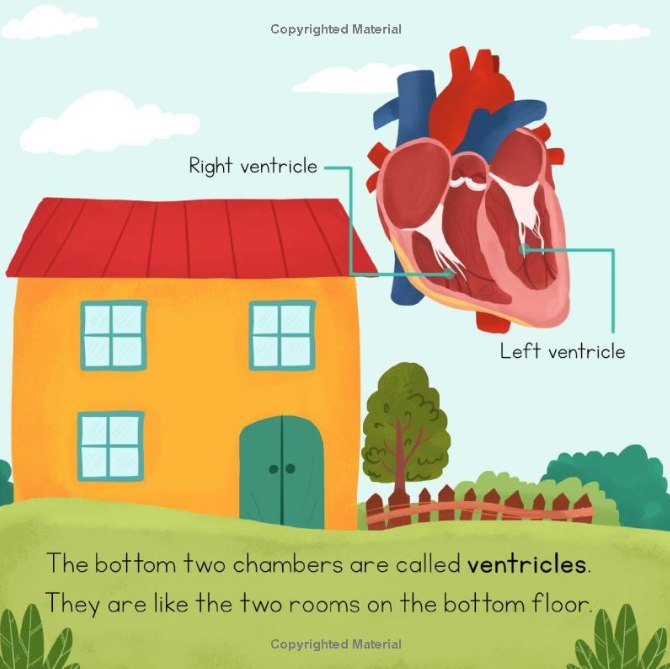
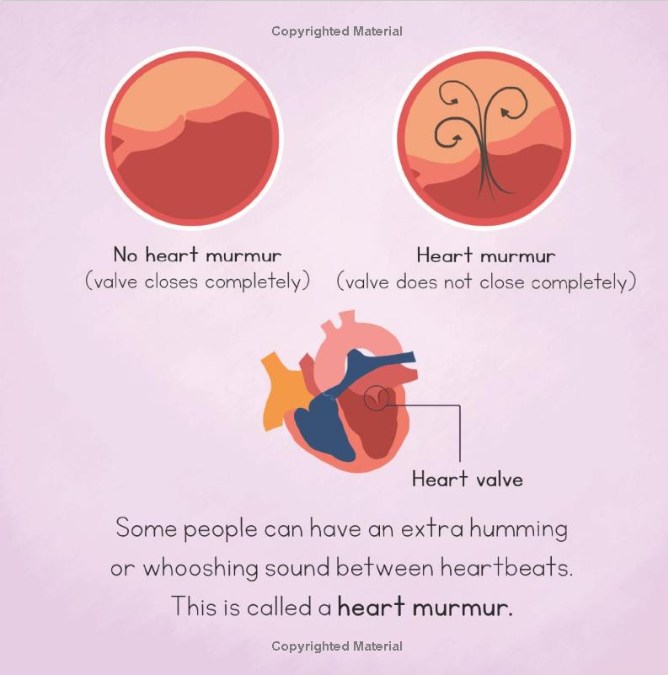
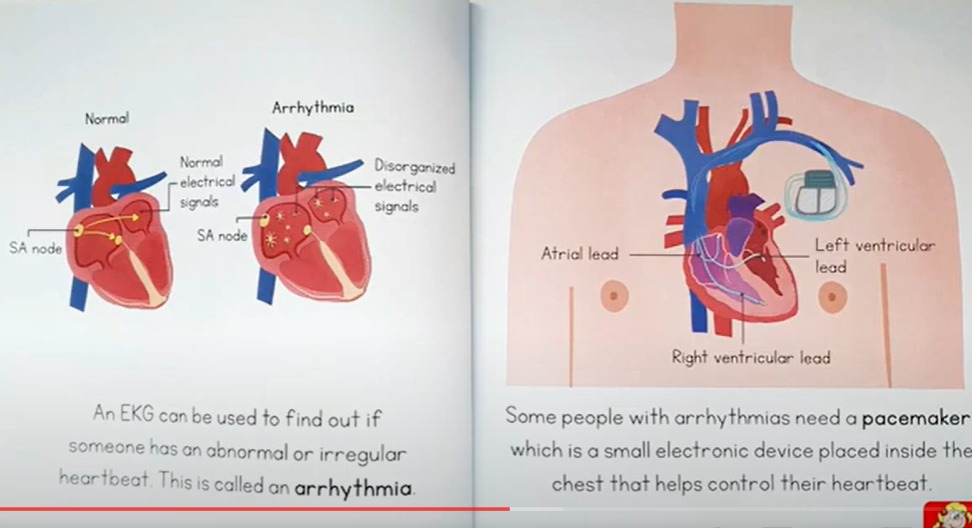
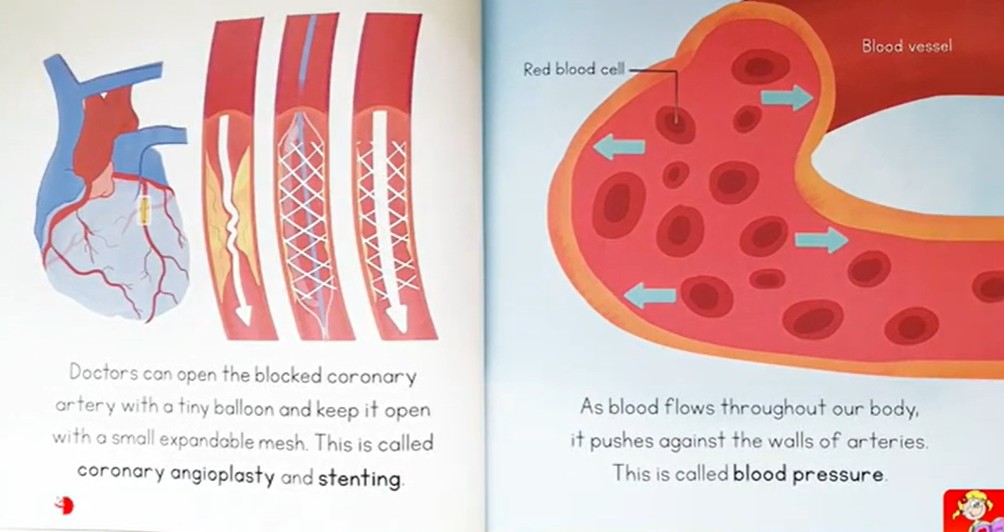
Reviews
There are no reviews yet.